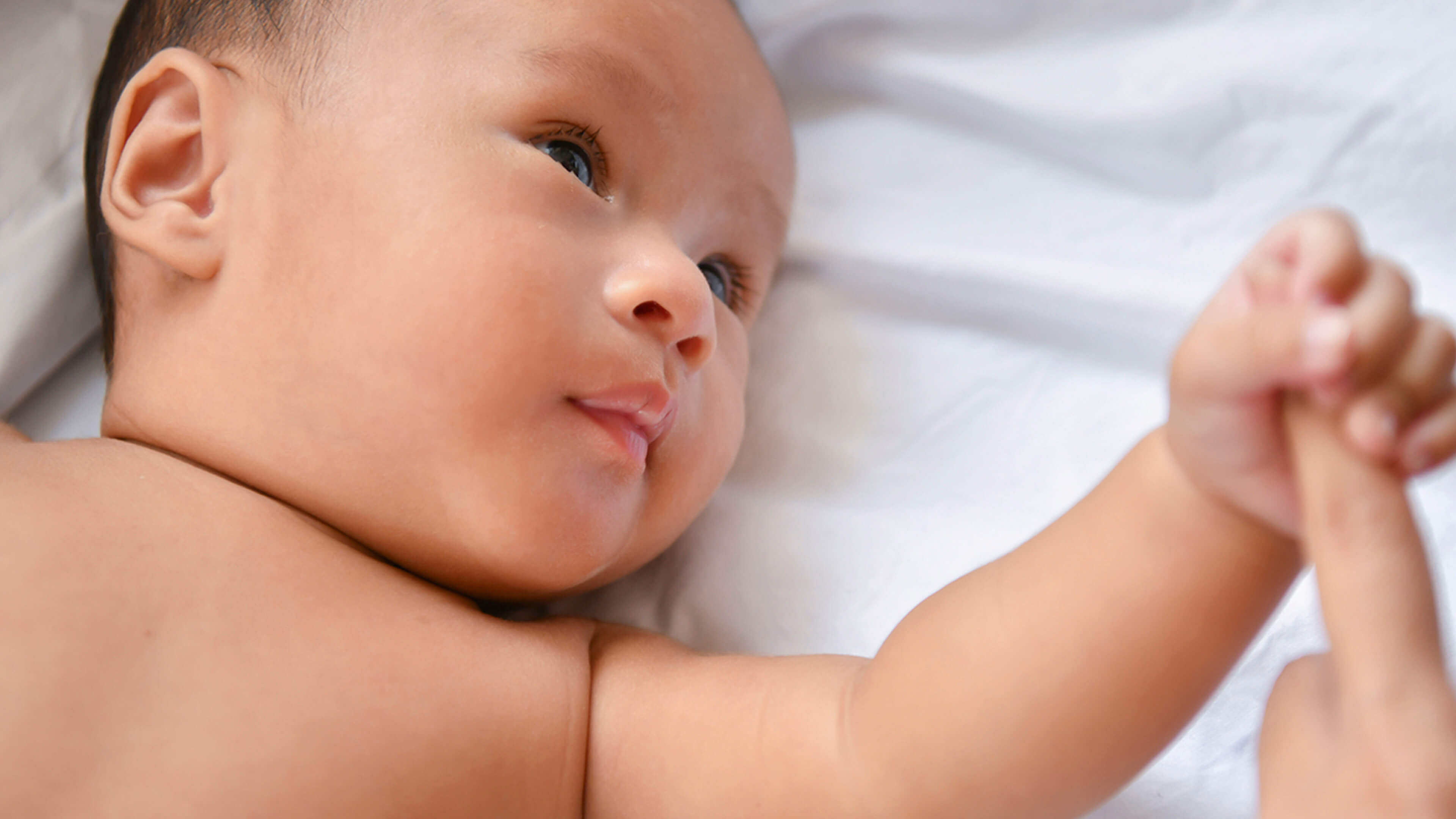
The reflex also known as the startle reflex reaches a peak when your baby reaches 1 month and begins to disappear when they turn 2 months old. A similar reflex in the toes lasts until 9 to 12 months.

If you put your finger in their mouth they suck reflexively.
Reflexes in baby. The baby will extend his arms forward as if to break a fall even though this reflex appears long before the baby walks. Examples of reflexes that last into adulthood are. Blinking the eyes when they are touched or when a sudden bright light appears.
Coughing when the airway is stimulated. Stroking the palm of a babys hand causes the baby to close his or her fingers in a grasp. The grasp reflex lasts until the baby is about 5 to 6 months old.
A similar reflex in the toes lasts until 9 to 12 months. This reflex is also called the walking or dance reflex because a baby appears to take steps or dance when held upright with his or her feet touching a solid surface. Many of your babys movements in their first weeks are done by reflex.
This means it is involuntary or happens without your baby trying. If you put your finger in their mouth they suck reflexively. They shut their eyes tightly to a bright light.
Some reflexes remain with newborns for months while others go away in weeks. The reflex also known as the startle reflex reaches a peak when your baby reaches 1 month and begins to disappear when they turn 2 months old. Several things may set off.
Normal Infant Reflexes Reflexes are involuntary movements or actions. Some movements are spontaneous occurring as part of the babys usual activity. Others are responses to certain actions.
Reflexes help identify normal brain and nerve activity. Some reflexes occur only in. The sucking and rooting reflexes help infants find food the tonic neck and grasping reflexes prepare babies to reach for and hold objects and the stepping and Babinski reflexes prepare infants to walk and protect them from falling.
Parachute reflex is a primitive postural reflex where a baby standing in an upright position when lowered face down towards a flat surface extends the arms outwards and spreads the fingers wide just like a parachute to prevent a fall. For most full-term healthy babies this gross motor skill appears around five months of age much before they begin to walk or crawl. Tonic neck reflex occurs when a babys head turns to one side.
The arm on the side to which the head turns stretches out while the other arm bends at the elbow. It resembles a stance used in the sport of fencing and it is also called the fencing or fencer. All full term babies should be born with some natural reflexes like the sucking and walking reflex- Consultant neonatologist Ryan Watkins demonstrates some o.